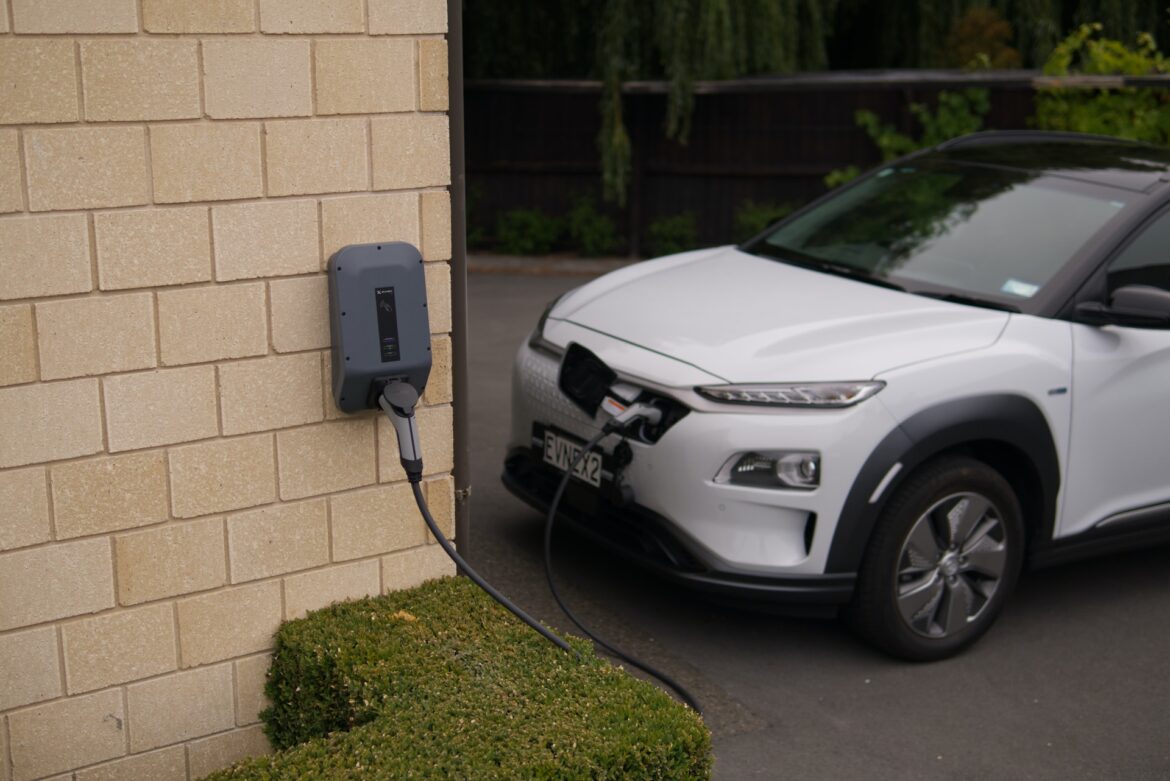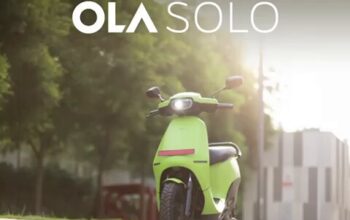In the fast-paced world of transportation, the wheels of innovation are turning, and the revolution is undeniable. As we stand at the crossroads of traditional Internal Combustion Engine (ICE) vehicles and the futuristic Electric Vehicles (EVs), it’s time to weigh the pros and cons of each. Join me on this ICE vs EV vehicles journey as we explore the road ahead, where environmental consciousness meets the open highway.
The Roaring Engines: Pros and Cons of Internal Combustion Engines
Pros:
- Proven Technology: ICE vehicles have been the backbone of our transportation system for over a century. The technology is tried, tested, and refined, ensuring reliability and ease of maintenance.
- Widespread Infrastructure: Gas stations are ubiquitous, providing a convenient refueling infrastructure. No need to worry about finding a charging station—just pull up, fill up, and hit the road.
- Range: Traditional vehicles often boast longer ranges, making them suitable for long-distance travel without frequent stops for refueling.
Cons:
- Emissions Woes: The combustion of fossil fuels in ICE vehicles contributes significantly to air pollution and climate change. The environmental toll of tailpipe emissions is a major drawback in the age of sustainability.
- Fuel Dependency: The volatility of fuel prices and geopolitical tensions often impact the cost of running an ICE vehicle. Drivers may find themselves at the mercy of fluctuating oil markets.
- Maintenance Costs: While the technology is mature, ICE vehicles come with a complex system of components prone to wear and tear. Regular maintenance can be costly over the lifespan of the vehicle.
Silent Pioneers: Pros and Cons of Electric Vehicles
Pros:
- Zero Emissions: The environmental superhero of the automotive world, EVs produce zero tailpipe emissions. This shift is crucial in our collective efforts to combat climate change.
- Lower Operating Costs: With fewer moving parts and no need for oil changes, the maintenance costs of EVs are significantly lower. Say goodbye to frequent visits to the mechanic.
- Incentives and Rebates: Governments around the world are incentivizing the adoption of EVs, offering tax credits and rebates to make these eco-friendly vehicles more accessible to the masses.
Cons:
- Charging Infrastructure Challenges: While the charging infrastructure is expanding, it’s not as widespread as gas stations. Long-distance travel can be a logistical puzzle, requiring careful planning around charging points.
- Limited Range: Despite advancements, EVs still face range limitations compared to their ICE counterparts. The anxiety of running out of charge on a long journey is a real concern for some potential buyers.
- Initial Cost: The upfront cost of purchasing an electric vehicle is often higher than that of a traditional car. While this cost is gradually decreasing, it remains a barrier for many budget-conscious consumers.
The Middle Lane: Hybrid Vehicles as a Compromise
For those who can’t decide between the roaring engine of tradition and the silent hum of the future, hybrid vehicles offer a compromise. These vehicles combine the benefits of both ICE and EV technologies, providing flexibility and versatility.
Pros:
- Increased Fuel Efficiency: Hybrids leverage electric power for low-speed, stop-and-go driving, enhancing fuel efficiency and reducing emissions in urban settings.
- Regenerative Braking: The regenerative braking system captures and stores energy usually lost as heat during braking, further improving fuel efficiency and reducing wear on traditional braking systems.
Cons:
- Complexity: The dual nature of hybrid systems makes them more complex than traditional vehicles, potentially leading to increased maintenance costs.
- Limited Electric-Only Range: While hybrids offer electric-only driving at low speeds, the overall electric range is limited compared to fully electric vehicles.
Emerging Trends: The Road Ahead for Automotive Innovation
In the ever-evolving landscape of automotive technology, new trends are emerging, promising to shape the future of transportation. These trends go beyond the traditional debate of ICE versus EV, offering a glimpse into a more interconnected and sustainable driving experience.
- Autonomous Driving Technology: The advent of autonomous driving technology is set to redefine how we interact with our vehicles. From advanced driver-assistance systems (ADAS) to fully autonomous capabilities, these innovations aim to enhance safety and redefine the driving experience. While not exclusive to either ICE or EV, the integration of autonomous features is becoming more common across the automotive spectrum.
- Energy Storage Breakthroughs: The development of more efficient and sustainable energy storage solutions is a game-changer for both ICE and EV vehicles. From improved battery technologies for electric vehicles to advancements in alternative fuels for combustion engines, the quest for better energy storage is a shared goal across the automotive industry.
- Connectivity and Smart Infrastructure: The integration of smart technologies and connectivity features is transforming vehicles into interconnected hubs. From real-time traffic updates to smart navigation systems, these innovations enhance the driving experience while contributing to more efficient traffic management and reduced environmental impact.
Conclusion: Navigating the Terrain Ahead
As we navigate the complex terrain of vehicle choices, the decision between ICE, EV, or hybrid ultimately boils down to personal preferences, lifestyle, and values. Each option comes with its own set of pros and cons, and the ideal choice depends on individual priorities.
The automotive landscape is evolving, and the wheels of progress are turning towards sustainability. Whether you opt for the familiar roar of a combustion engine or the silent hum of an electric motor, the road ahead promises exciting innovations and a greener future for all.
So, buckle up and enjoy the ride—after all, it’s not just about the destination, but the journey itself.
Related Posts












